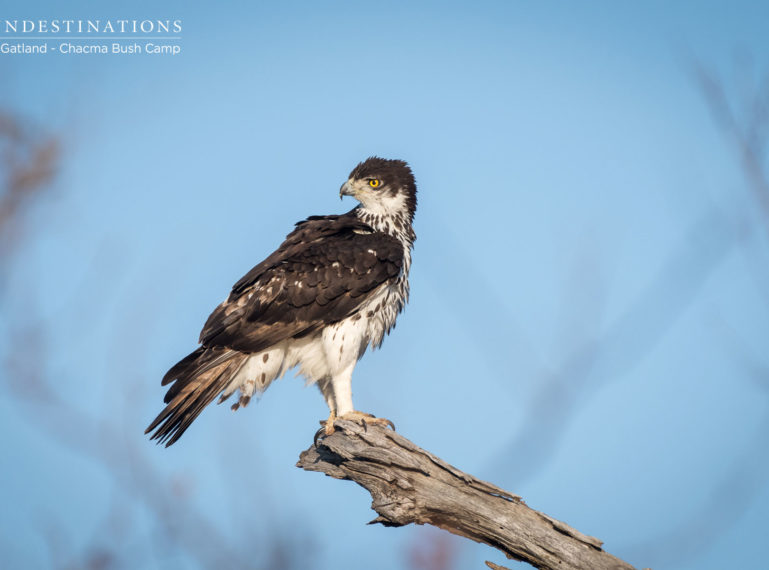
The Kruger habitat accommodates a complete smorgasbord of birder’s delights, and there are over 477 species of bird thriving in the diverse habitats of the Greater Kruger. There are commonly spotted birds seen in abundance, some of which include the lilac-breasted roller, the southern yellow-billed hornbill and the grey go-away bird – our very own warning signal for plains game.
Then there are the lifers and rare to spot birds such as the Pel’s fishing-owl and ground hornbill. Of course Africa’s largest flying bird, the kori bustard always dwells in these thickets. With the Olifants River meandering through sections of the Chacma Bush Camp traverse combined with the many waterholes dotted throughout, it provides the perfect habitat for water birds such as herons, storks, plovers, spoonbills, and sandpipers.
In front of camp there is a natural waterhole where you see massive flocks of hundreds of red-billed queleas that love nothing more than swarming the banks of the waterhole. There’s a resident brown-hooded kingfisher that sits on his perch and watches the area below for potential prey.
Because of all the predator activity you’ll see plenty of vulture species soaring in their kettles, circulating the air above kill sites. Of course, these are not the only carnivorous birds about. Bateleur eagles, brown snake eagles, harrier hawks, martial eagles and plenty of other raptors exist for your photographic pleasure.
Other commonly spotted birds include orioles, robins, chats, larks, cisticolas, and coucals. There are also plenty of woodland birds fluttering about, and of course land dwellers like ostriches.
Whether you are a lifer or a birder, the Maseke will provide ample birding opportunities to satisfy your plumage obsession.
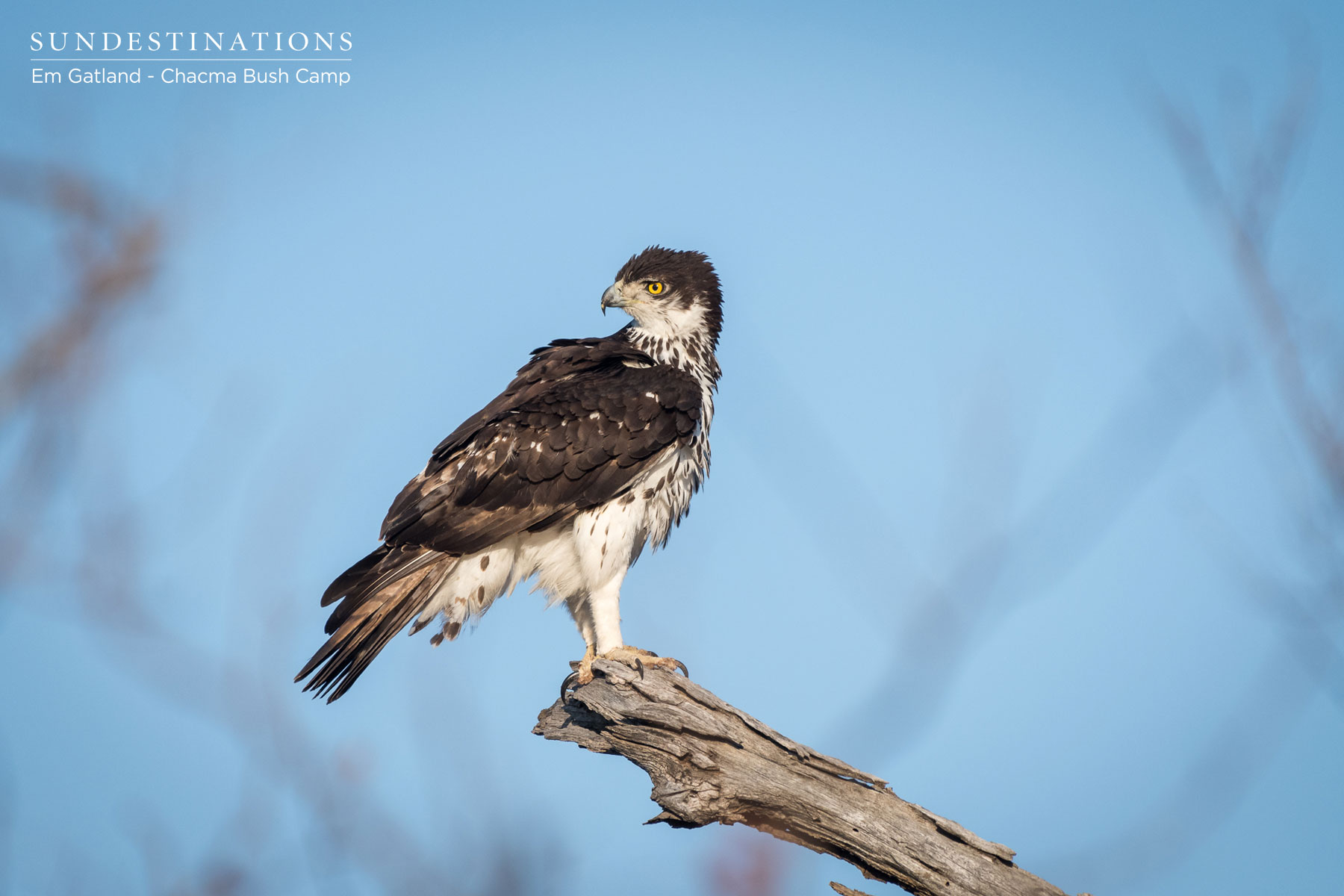
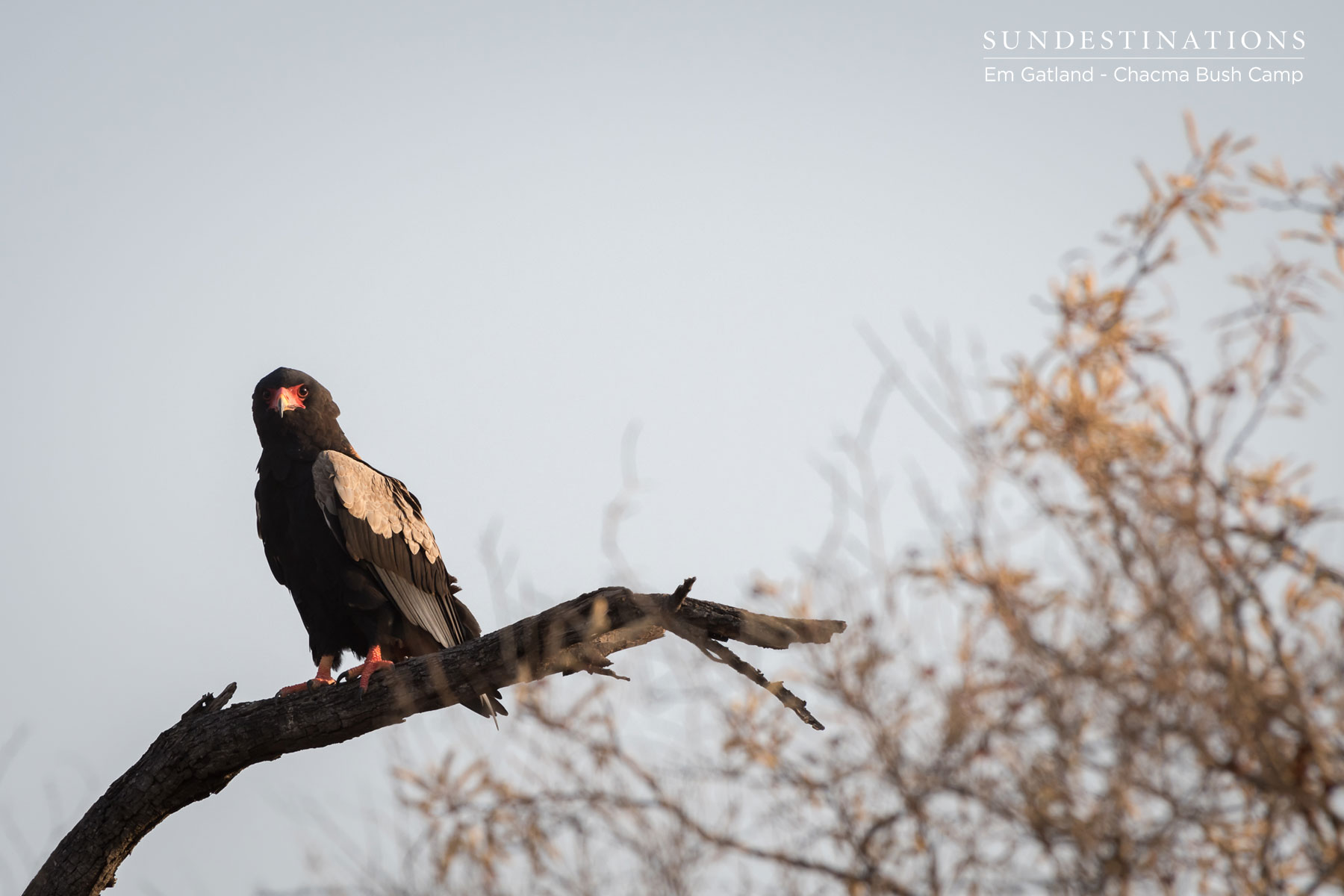
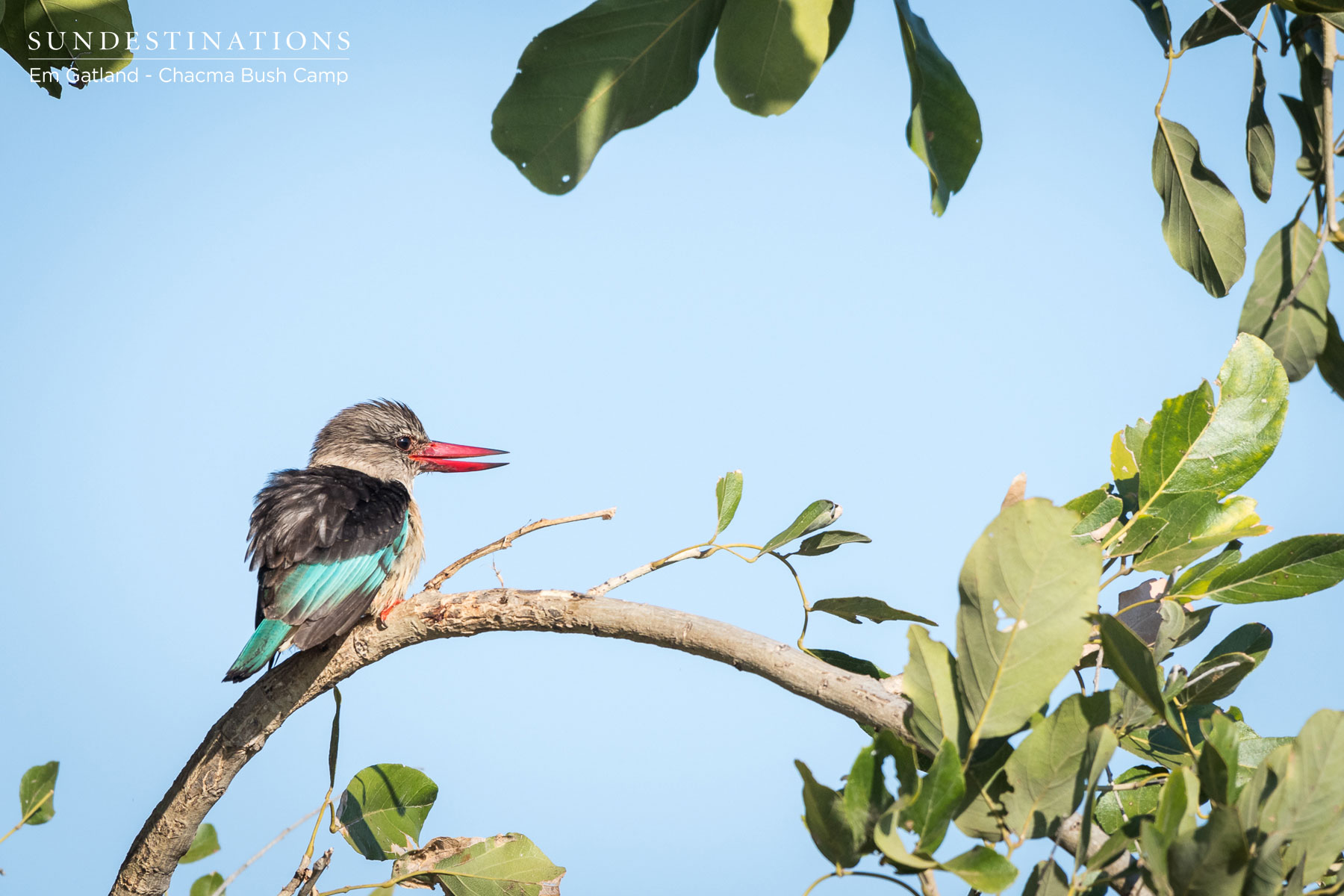
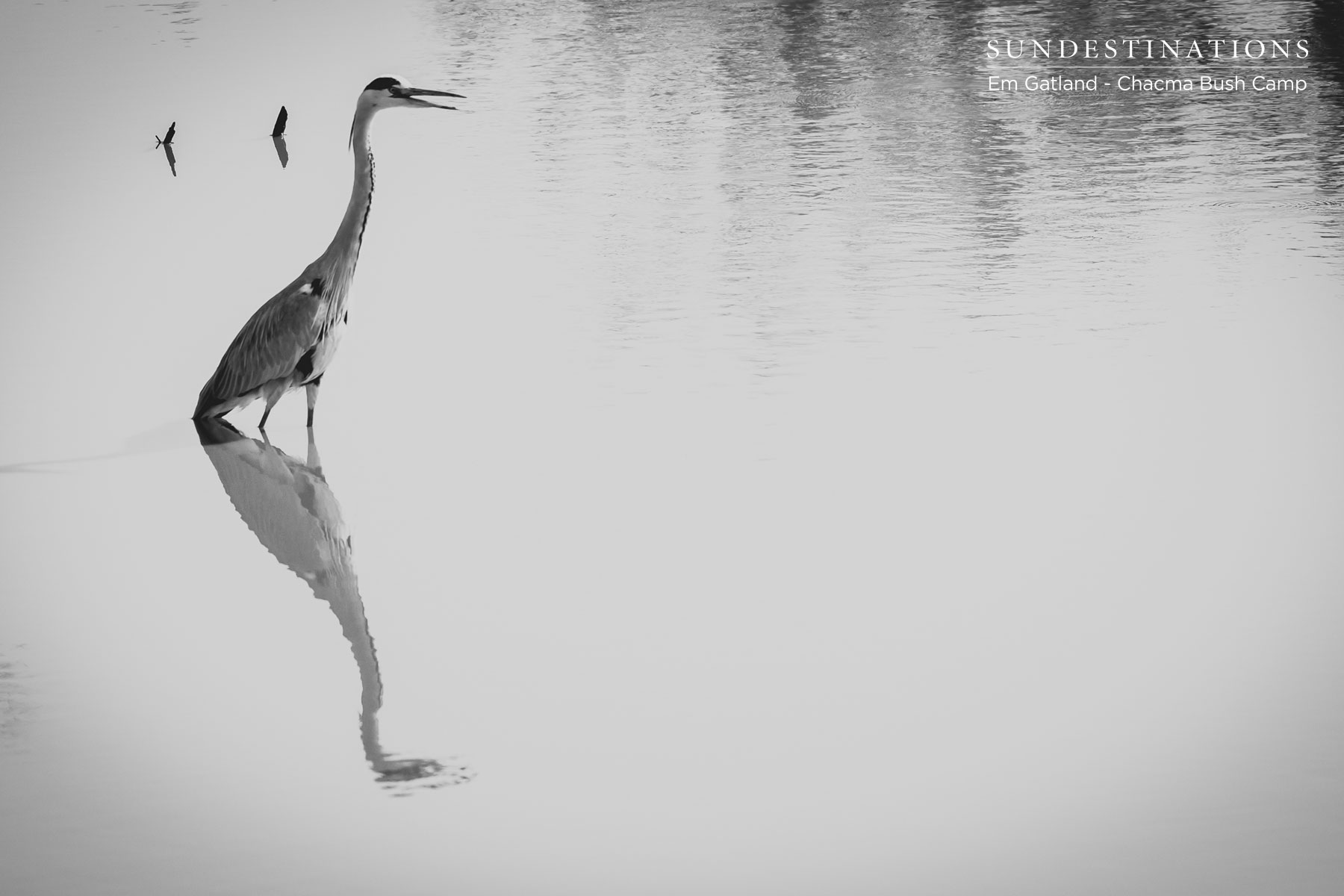
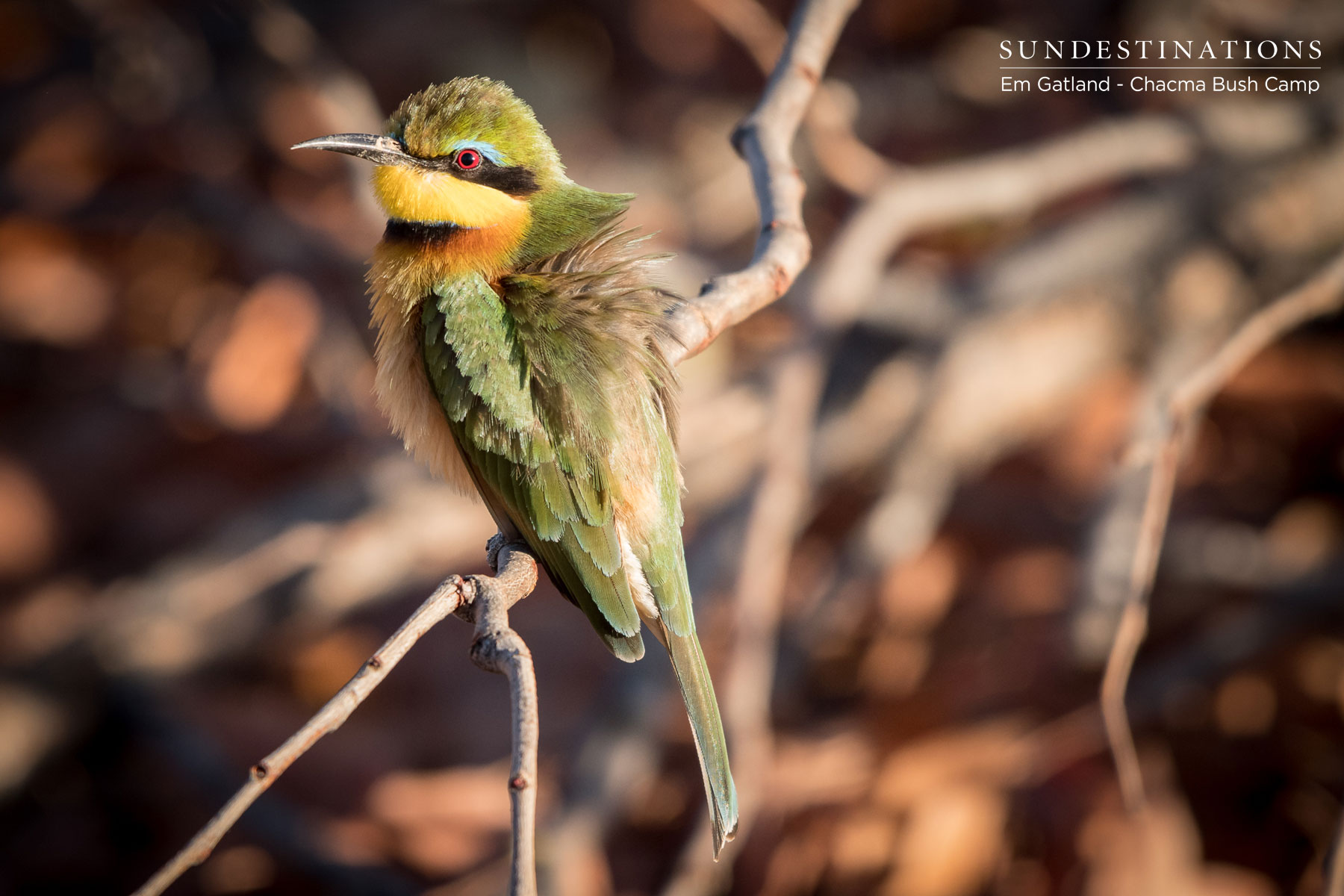
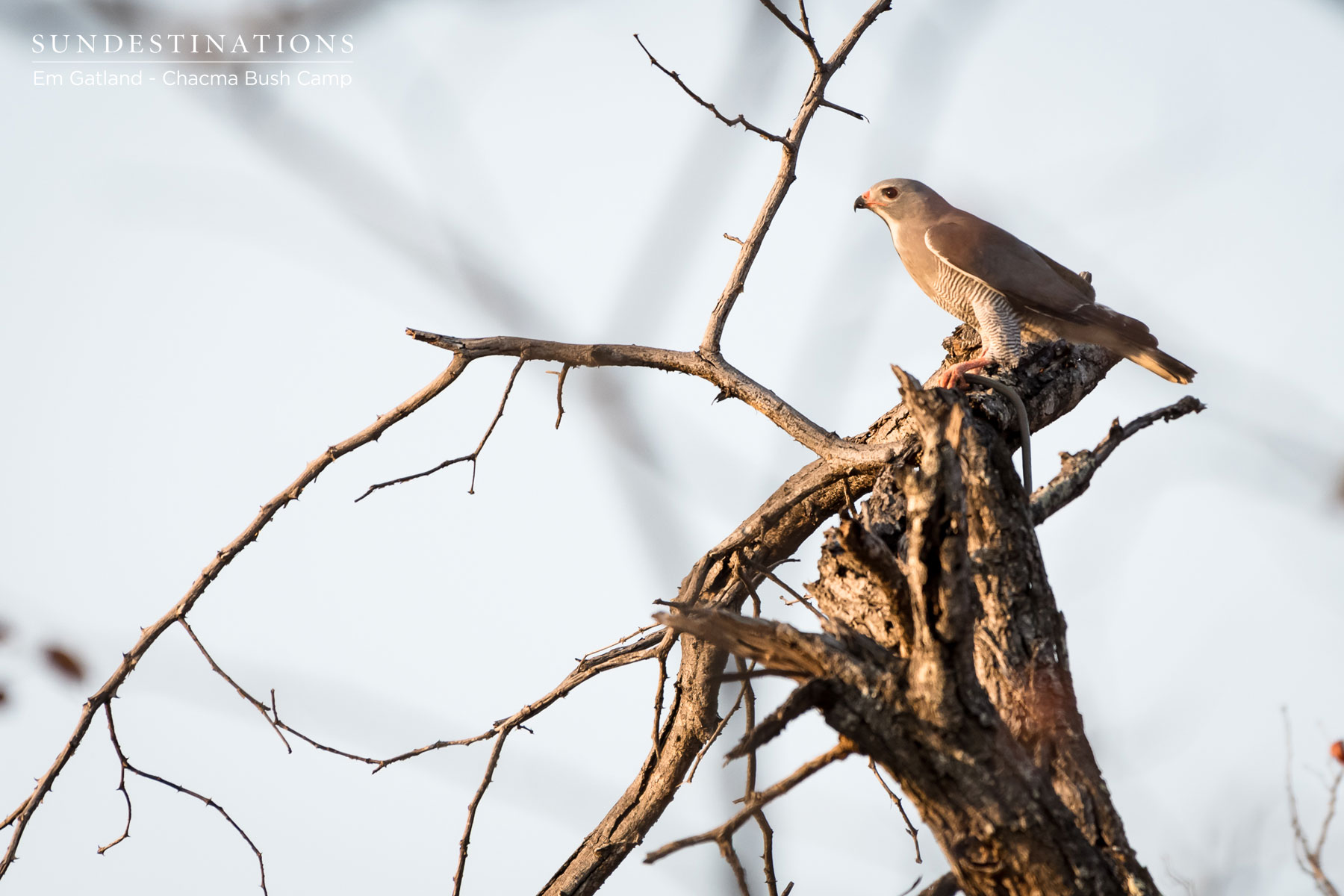
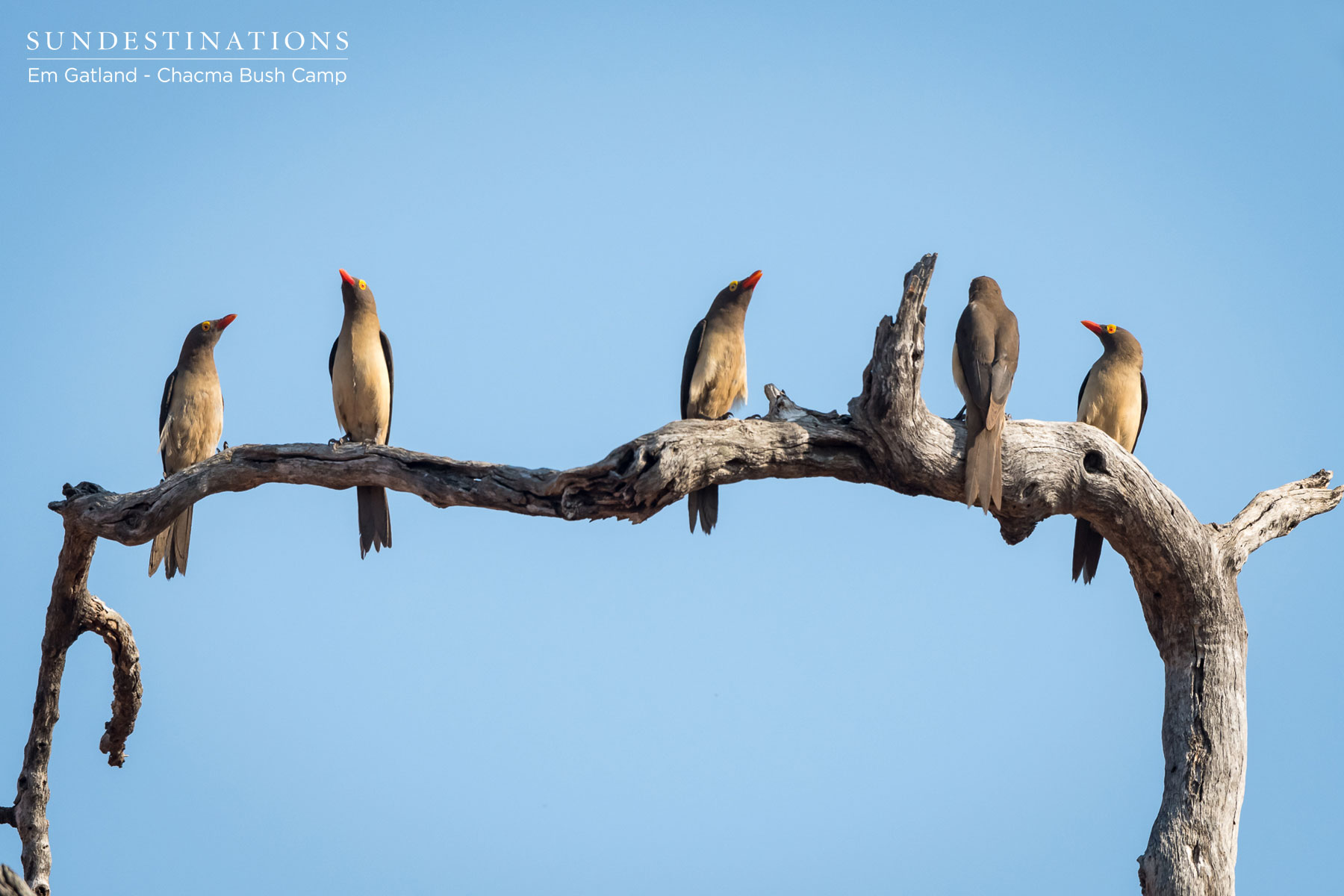
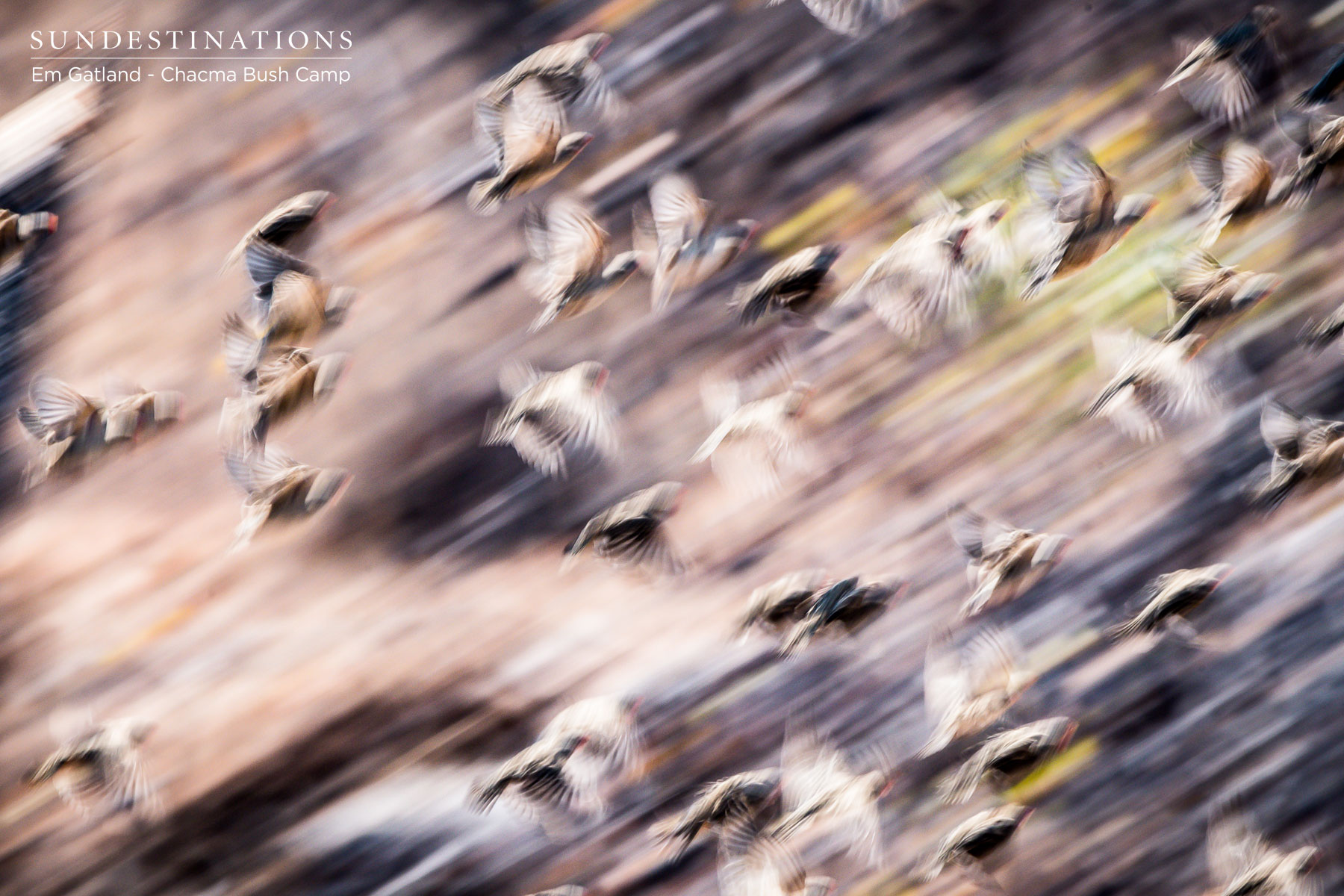
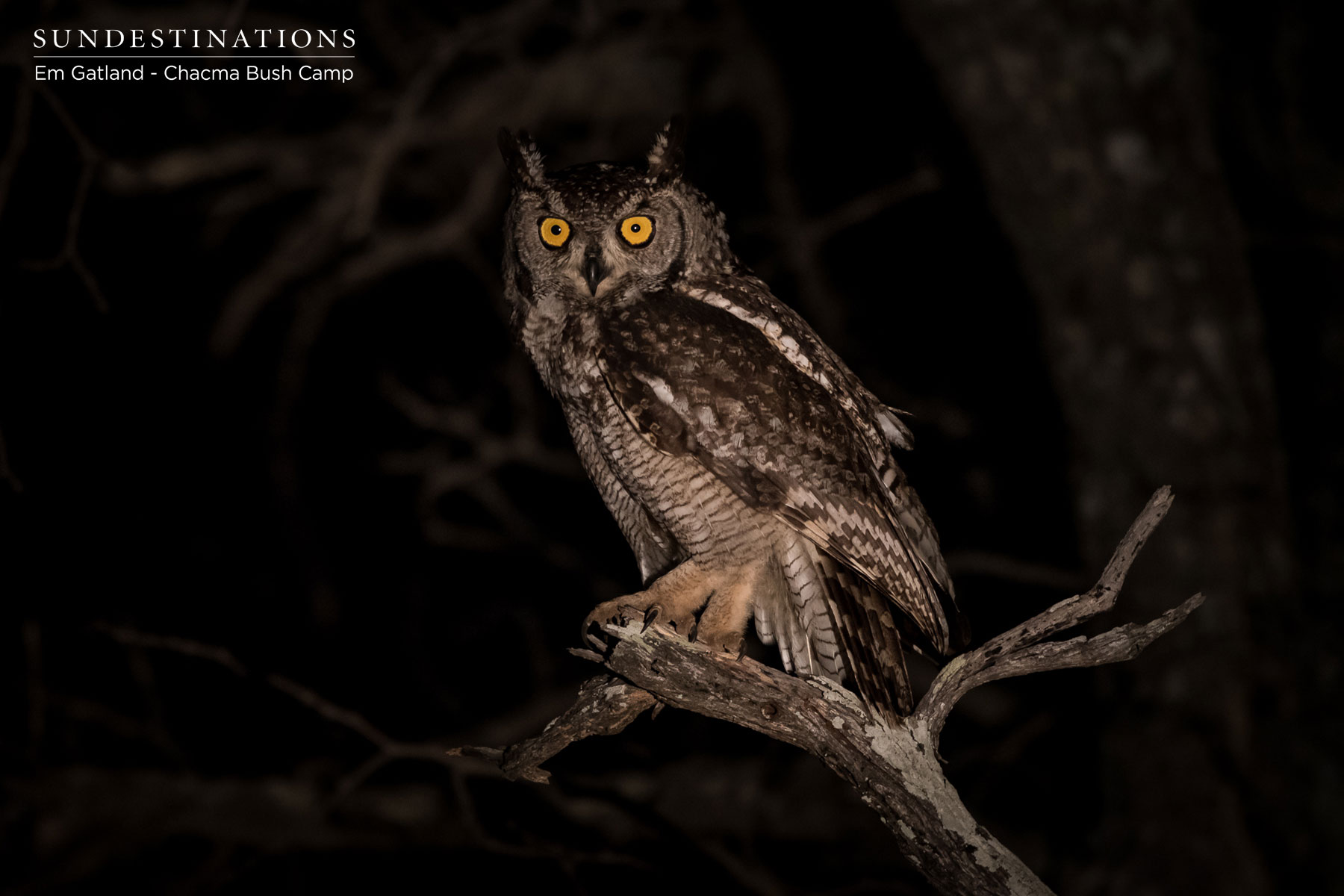
Leave a Comment